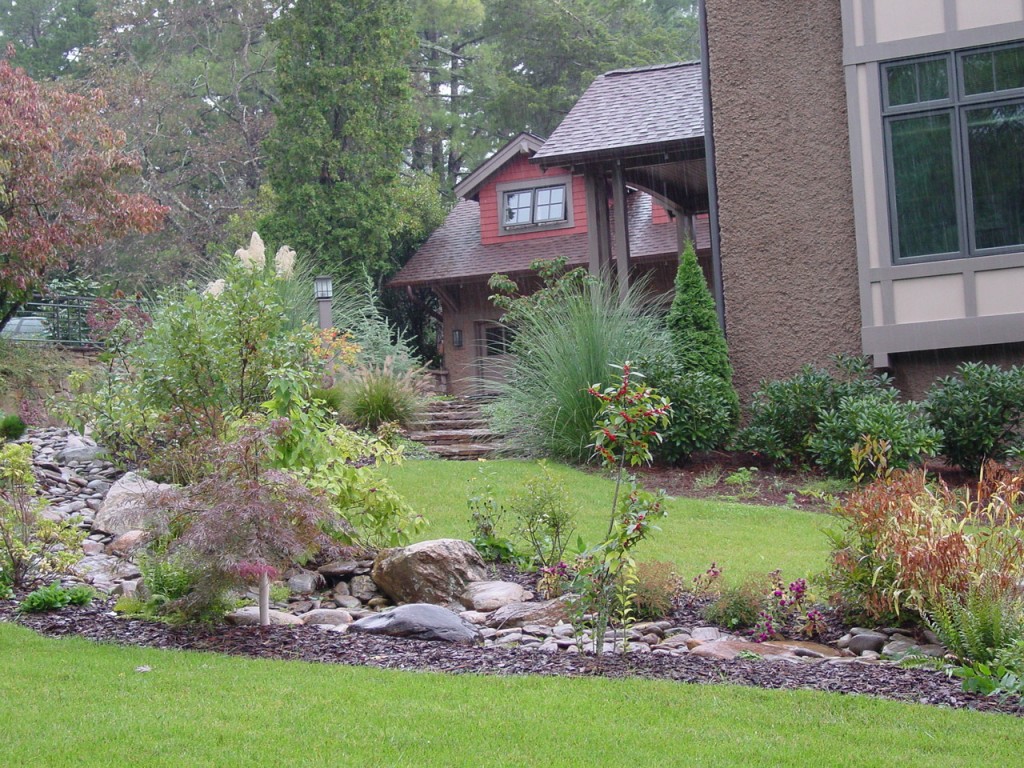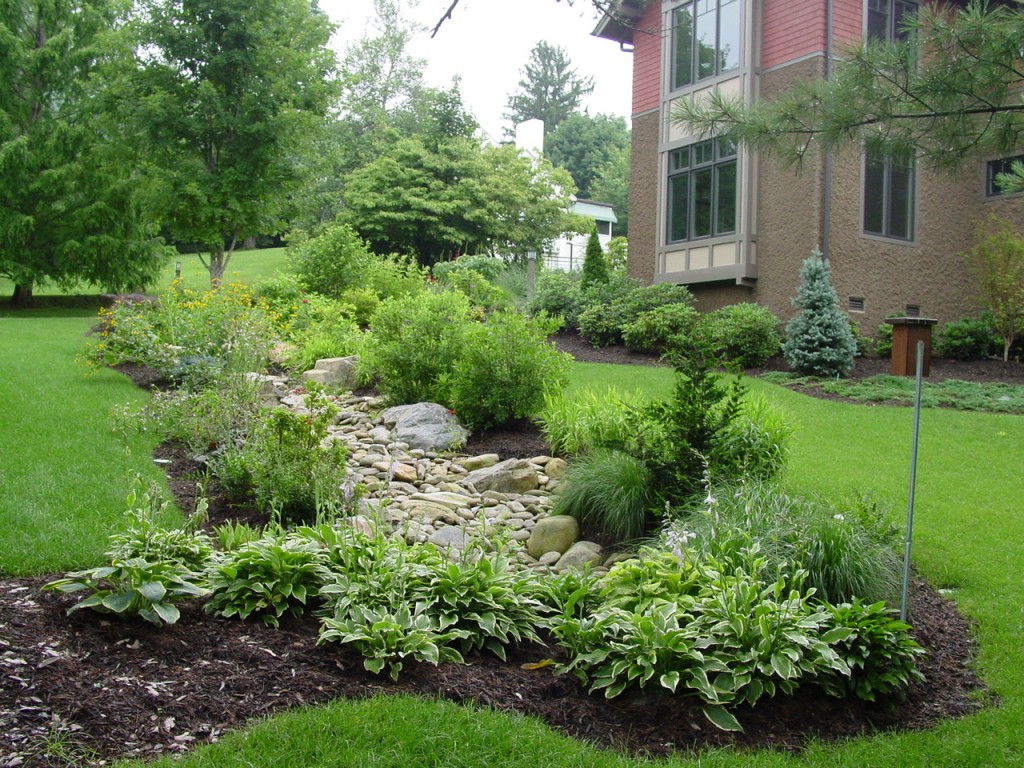A few months ago, my cousin Joe, whom I haven’t spoken to in over a year, contacted me to tell me he had recently purchased a newly constructed home. The neighborhood in which his home was located was completely graded and cleared of all but a few trees. Joe stated there was a hill located on the back of his lot, and as a result of the homesite being graded a low area remained at the bottom of this slope that stayed wet year round. Joe went on to explain that he needed this area for his children to play so he installed a series of underground pipes to drain this area directly into the underground gutter system of the subdivision. He even managed to extend the gutters from his home directly into this piped system. He proudly stated to me that “the minute a raindrop hits my yard, it’s gone”. Finally, Joe went on to share the details of his newly purchased high tech irrigation system to water his newly planted lawn.
In fact, my Cousin Joe’s “solution” was not really a solution at all. While this traditional construction solved the primary problem of removing rainwater (aka stormwater) from his site as fast as possible, it did not address water quality or the impacts created by sending runoff downstream as quickly as possible. The irony was lost on Joe; by directing the water away from his yard, Joe was actually missing out on what Mother Nature was providing him.

Although I did not have the heart to tell him, he could have first chosen a more sensitively-sited home that was not cleared of most of the vegetation; tree canopies help break the velocity of falling raindrops, produce tree litter to help absorb some of the rain water, and contribute to the stabilization of the soils with their root systems. Also, Joe could have simply conveyed the water from this wet area into an attractive feature (backyard wetland or rain garden) via a dry creek bed. This rain garden could have been planted with native plants that are adapted to periods of wet and dry conditions and do not require resource additions. The combination of the dry creek bed and the rain garden would slow the velocity of the rainwater and allow the stormwater to be infiltrated back into the ground. Also, instead of tying his gutters directly into the storm system he could have collected rainwater in a cistern which could be used to irrigate his lawn, saving him the need for a costly and somewhat invasive irrigation system.

An example of the utilization of a dry creek bed to create a beautiful and functional space.
The individual lot or home site provides a wonderful opportunity to effectively address water quality issues. We can harvest rainwater for reuse, treat contaminated rainwater, and provide avenues for rainwater to infiltrate back into the earth in designed ways that are both beautiful and highly functional. As far as my cousin Joe goes, we were able to craft some creative solutions which salvaged his investment, provided his kids a creek bed to play in, and managed to serve a sustainable function. At the end of it all, Joe understood that it’s not about getting the rainwater off his property as fast as possible, it’s about thinking how stormwater can be captured, treated, re-used and allowed to infiltrate back into the ground. It’s about how stormwater can work for you.
-Fred Grogan, RLA
